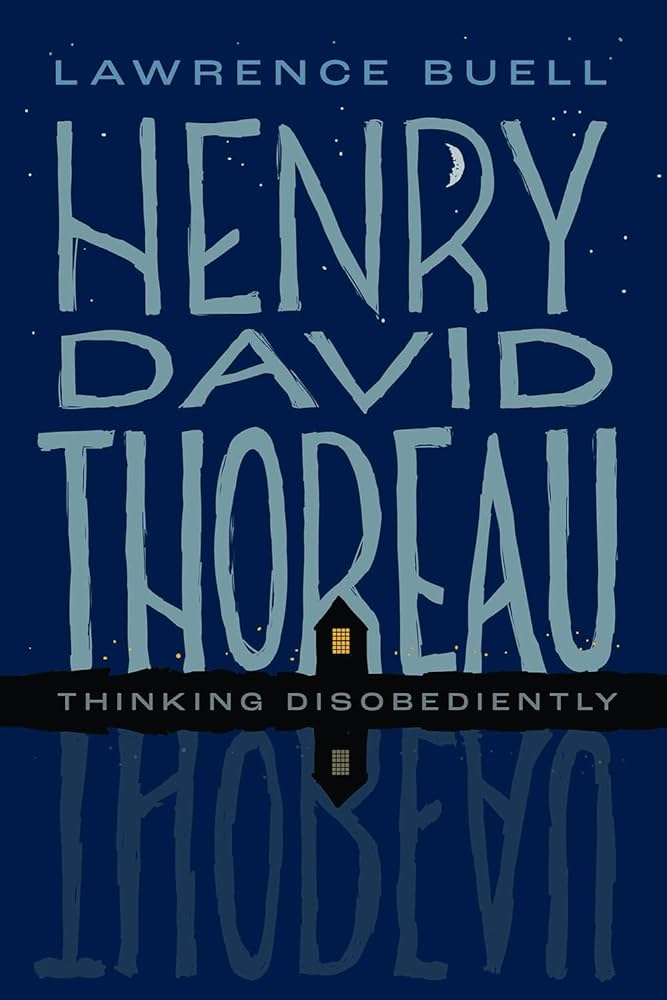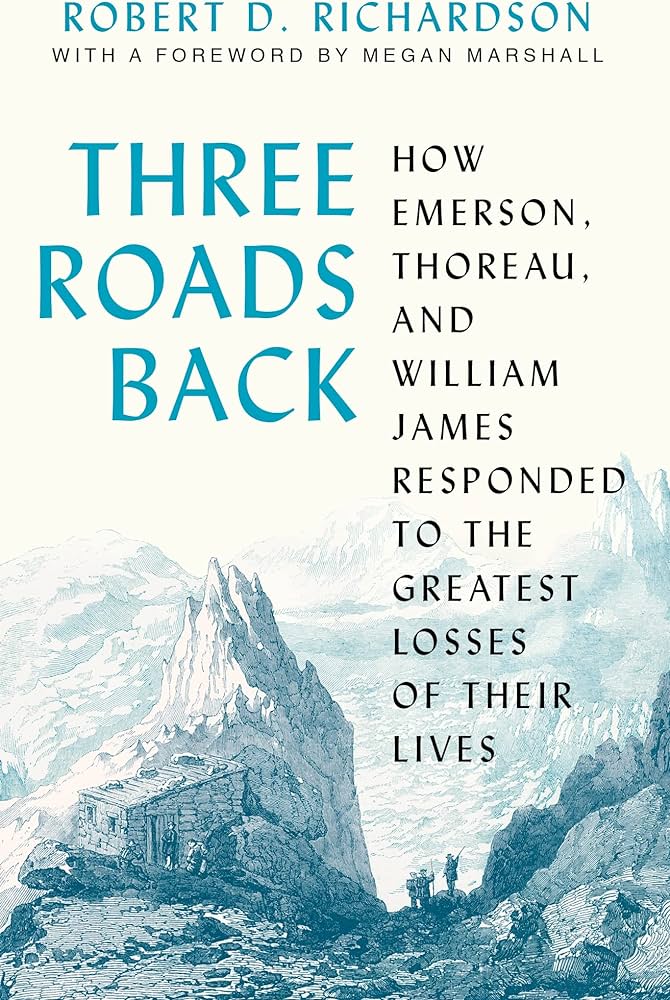The tensions in Thoreau’s life and writing really do produce what feel like contradictions. With complicated contemporaries like Herman Melville and Emily Dickinson, one feels that their depth and darkness go on and on but that those complexities are a force driving a single mighty project. With Thoreau, it’s as if respective idealisms are out of sync—gears of different clocks somehow turning the same two hands. Or, to use Thoreau’s own image from Walden (1854), it’s as if he puts on different-sized coats and manages to make them all fit regardless. And yet, despite the straining variety of those ideals, there is nothing agitated in Thoreau: he holds them like a cooler Walt Whitman, immersed in a two-way traffic of notions.
Understanding these competing dimensions is the right entry point for engaging this elusive and still very influential figure. And Buell is our expert guide. He begins framing the tensions by naming the distance between the historical Thoreau, the Thoreau inside his one life, and “the figure of Thoreau that his writing presents.” He notes, for example, that this “boldly independent thinker” on the page, this man marching to the beat of a different drummer, whom we might imagine from the prose heading west to the frontier, was actually very much a “homebody,” a college graduate who boomeranged back to live with his parents and sisters, basically never to leave. Buell also notes that the image of “hardihood” portrayed by Ralph Waldo Emerson and other contemporaries masks the “fragile health history” of this village handyman. Though he was a brisk daily walker, a man who could swing a borrowed ax with skill and skate acrobatically on frozen rivers, Thoreau would die at the age of 44 from complications of tuberculosis, a disease he battled his whole adult life. Then there is the contrast between Thoreau the poet and lyrical naturalist and Thoreau the meticulous, specimen-gathering scientist. In addition, there is the paradox, in his writing, of the chanticleer confidence of the voice heralding a nonetheless provisional worldview.
Maybe most tangled of all is the tension between the Thoreau of “Civil Disobedience” (1849) and the Thoreau of Walden, the two works for which the writer is best known. The Thoreau of the former is the herald of nonviolent protest, the activist who inspired 20th-century movements to change society. The Thoreau of the latter withdraws from that same society to get at essential things, which do not include organized politics and public protest (though they may include pies from his mother—reader beware).

